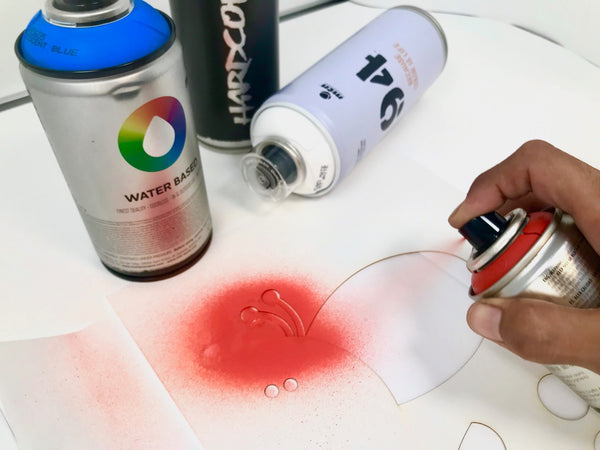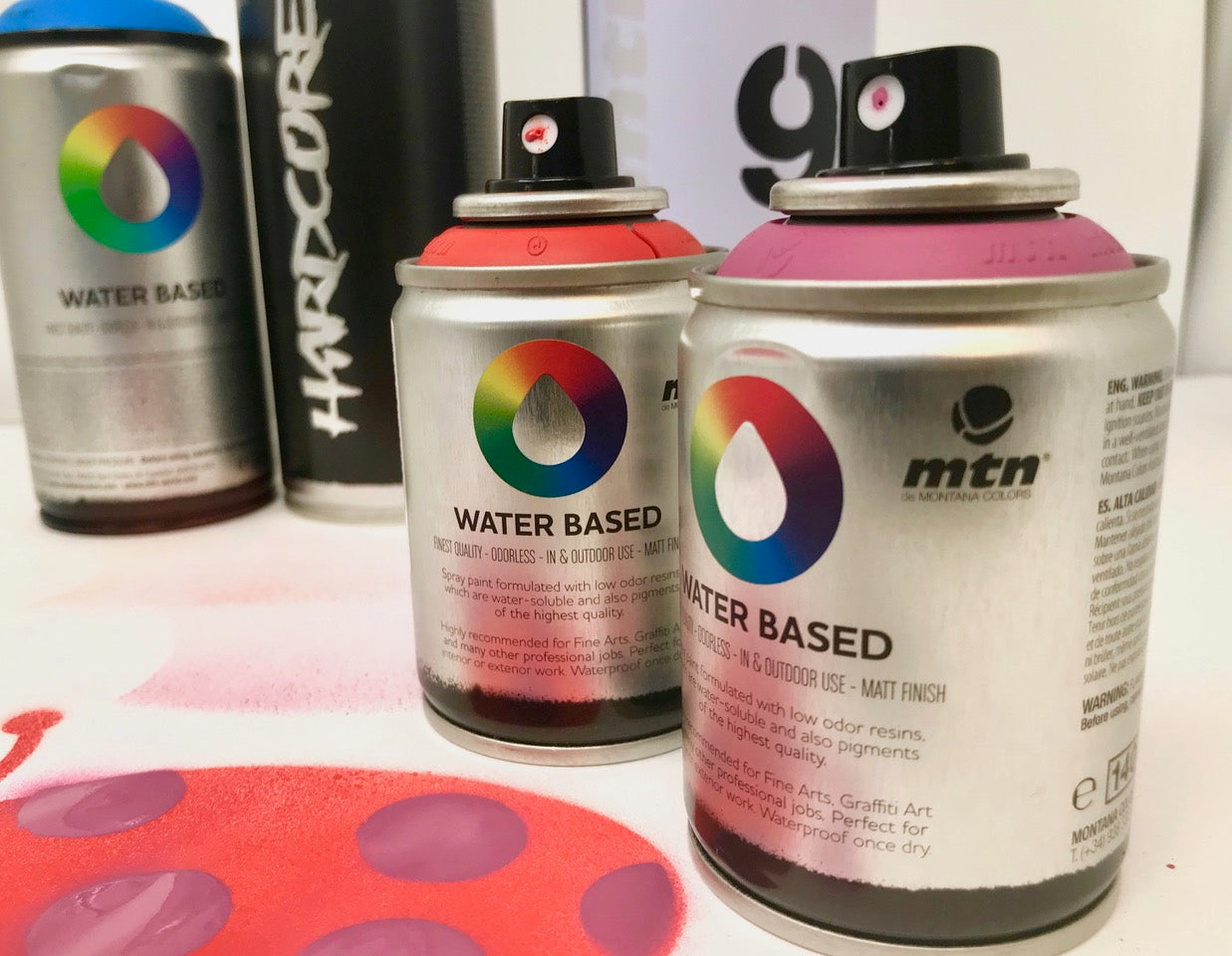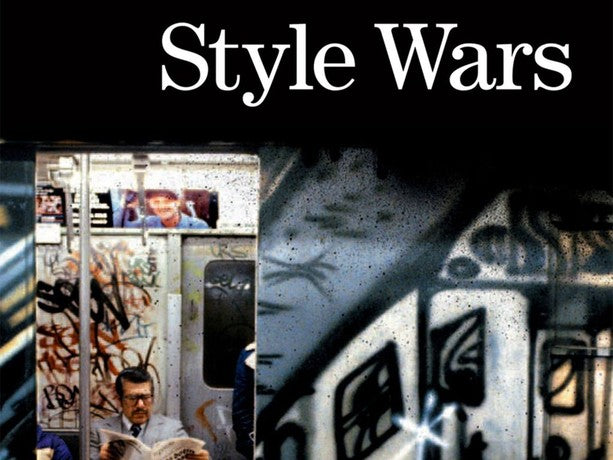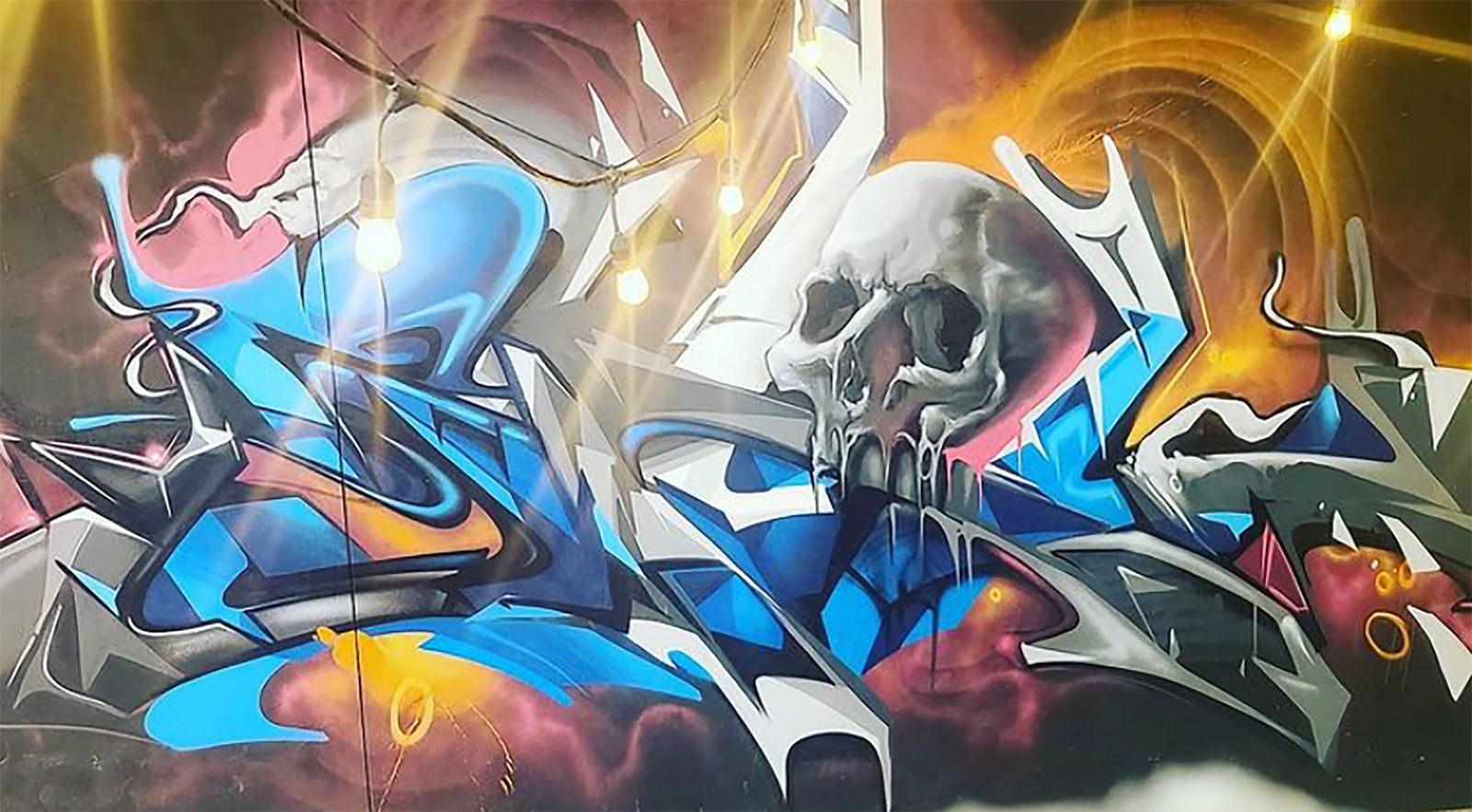If you’ve wondered how street artists create such powerful images, the answer may lie in their effective use of stencils. Stencils, which are sheets of paper or other material with letters or designs cut into them, provide graffiti artists with the flexibility to spray paint imagery quickly on any surface. Artists such as Shepard Fairey, Banksy, Miss Tic, and Swoon have used stencils in locations ranging from the streets of New York City to Paris. While there are complex approaches to making stencils, a basic method has worked well for these artists – and it can for you, too.

How to Create Stencil Art: Getting Started
One of the goals with street art is to attract an audience that otherwise might not see your work, so aim for a bold and clear image. Consider how a complicated image can be simplified into something high contrast. If you have access to or experience with Adobe programs such as Photoshop, you can distill an image down to a high contrast version easily. But if technology is not your thing – or you simply don’t have access to it – a pencil and paper will get the job done.

First, sketch your image on a paper using pencil. Emphasize the outlines and strong shapes formed by shadows. Switch to a Sharpie to strengthen outlines once you are confident in how your image should look. Anything black eventually will be cut away using an x-acto knife. So, if you have areas of paper enclosed by outlines, you will need to make one or more “bridges” to ensure that these areas do not detach from the rest of the paper during cutting. As an example, think of how you would make a stencil of the letter “O.” If you cut out the black outline of the letter, the center portion would fall away. Instead, you would need to create at least two bridges connecting the interior of the letter to the exterior. Remembering this step is an important part of knowing how to create stencil art.

Once your image looks good, copy it onto poster board, acetate, frisket film, or another durable paper. Frisket film, which has adhesive on the backside, is especially good for detailed stencils. Since the stencil will take a beating from spray paint, a heavier paper will give your stencil a longer life. Just don’t use too thick of a sheet, as it will be tougher to cut.

How to Make Stencil Art For Multi-Color Images
The steps just mentioned will help you create a single-color stencil. If you want your image to have more than one color – for instance, a blue balloon with a black outline – you’ll need to have more than one stencil. You’ll also need a system to keep all stencils aligned so that they register properly when sprayed with paint. If you don’t consider this, it will be difficult to make sure that the outline lands in the right spot over other colors. One way to do this is to use the same size sheet of paper for each stencil, and then trace your image in the exact same location on each sheet. Another option is to have a shape that exists in the same location on all stencils that you can use to line things up.

To get started making a second color for your image, grab another sheet of your stencil paper and trace your main image onto it, keeping in mind the alignment issues mentioned above. If using clear acetate, this is an easy step. If working with an opaque sheet of paper, use a sheet of transfer paper (available at craft stores). Sandwich the transfer paper between the new sheet and your original stencil, and trace the original one in order to transfer its likeness to the new sheet. Then use a Sharpie to block in the areas that you will cut away. For the example of a blue balloon, this would mean creating a stencil for just the blue portion. Once you get the hang of thinking of colors as separate layers, you’ll know how to create stencil art more easily the next time.

Stencil Art Techniques: Cutting and Spraying
Once you have all parts of your stencil outlined, you are ready to cut. If you’ve not used an x-acto knife much before, it’s always wise to practice first. Try holding your x-acto knife like a pencil to cut intricate passages, or with your pointer finger extending toward the tip with the rest of the handle secured in your palm for longer cuts. Also be sure to have a cutting mat or scrap piece of cardboard beneath the stencil before cutting so that you don’t ruin your work surface. Move slowly and carefully, and always start with the least important part of your image first.

When your stencils are ready to go, you’ll need spray paint, tape, and a respirator. Head to your location with the stencil, and make the magic happen. The beauty of using stencils is that the majority of the work happens on the front end in your workspace – and if you’ve used a sturdy enough paper, you can reuse the stencils again and again. Consider using them in conjunction with freehanded graffiti or changing up the colors on the same image in different locations. Most importantly, have fun and pay attention to what works and what doesn’t so that you can refine your system and make stencils work for you. Knowing how to create stencil art will expand your repertoire of graffiti art techniques.

Who Uses Stencil Art
If you’re looking for stencil art inspiration, there are many artists that can provide a spark. Banksy and Shepard Fairey are among the best-known practitioners of stencil art techniques in their street art. Both artists frequently use sharp, posterized images derived from photographic references – and, above all, clever and engaging concepts.

Miss Tic, a Parisian street artist, knows how to create stencil art that provokes both humor and awareness. Though not as prolific as she was in her 1980s heyday, Miss Tic creates sharp silhouettes in black paint with humorous or provocative text.

Swoon, a street artist based in New York City, is another artist using stencils to make her work. Originally trained as a painter at the Pratt Institute, Swoon frequently integrates wheat-paste prints and paper cut-outs into her graffiti art. Rather than spraying paint through the open areas of stencils, she integrates the stencils themselves into her work, which typically features the people she observes in the area where her work eventually exists. For Swoon, the process of creating the stencils happens in her studio, which permits her more time to build intricate images.
There is no singular method for how to create stencil art. It is very much a fluid and adaptable process, and one that can open up new options for your street art techniques. Check out the work of established artist such as Fairey or Miss Tic, and find ways to pull some of their creative magic into your own work.






Leave a comment (all fields required)